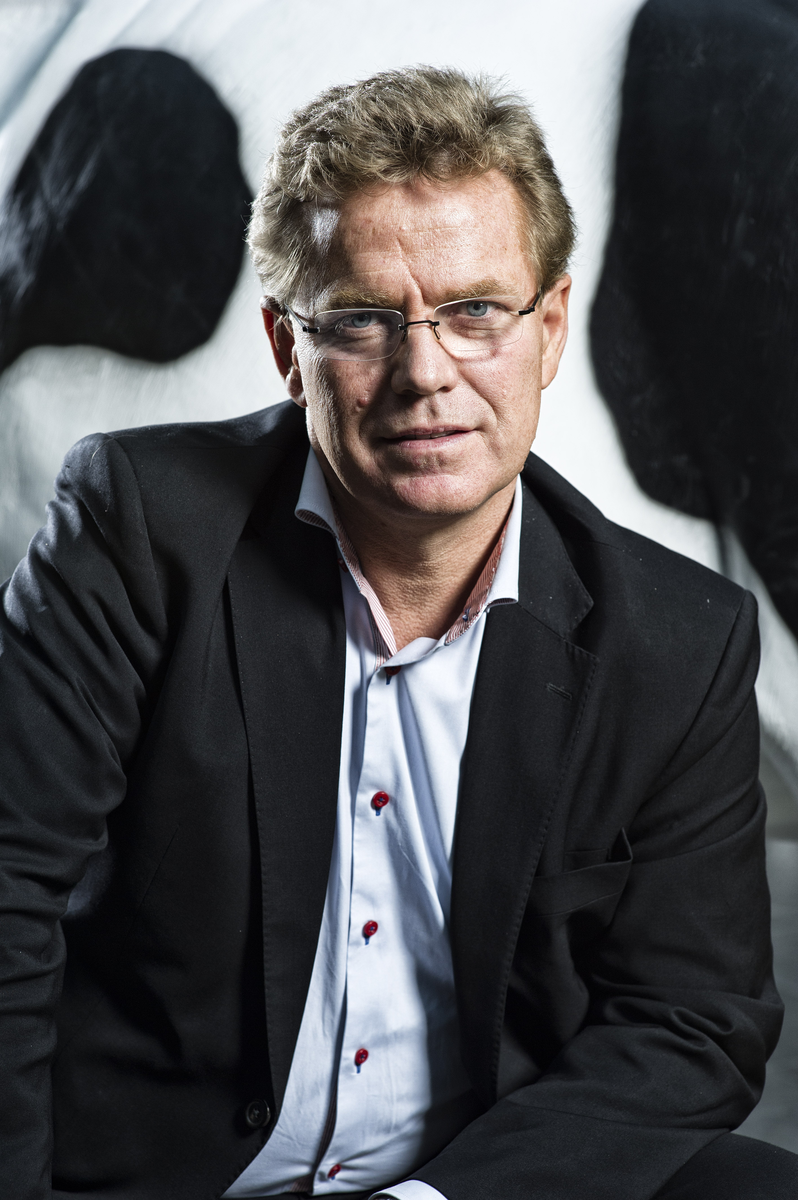“Now it is time to yield results”

Arla is aiming for growth within the EU. A strong presence in the European market offers the foundation for strong growth in the global market, says Arla CEO Peder Tuborgh. He firmly believes in the cooperative spirit. Not only as an administrative model for dairy enterprise Arla, which he has led for seven years now, but also as a foundation for cooperation, both internally and externally.
Arla collects milk from member farmers in six countries. All farmers receive one milk price, independent from other milk prices in the corresponding countries. The members don’t necessarily get the highest price, but certainly above-average. This should demonstrate all members share the same objective.
Why did Arla experience such a strong growth due to mergers in the EU over the last few years?
“We believe in a strong European platform from which we can serve the world market. It is not for nothing that we invested billions in the European dairy industry for years. Our many investments in Great Britain make recruiting new members there a logical step. It also fits our nature to always seek new members. I see the positions we recently adopted in Germany as a new initiative. Germany’s dairy market is difficult and divided. However, we also see opportunities there.”

Biography Arla-CEO Peder Tuborgh
Tuborgh (50) started working for Arla straight after he finished school. He calls ending up with Arla ‘a coindicence’, and still working there ‘definitily not’. Since joining Arla Foods in 1987, Tuborgh has worked for Arla Foods’ subsidiaries in Germany and Saudi Arabia. He has a Bachelor’s in Economics from Odense University in 1985, Bachelor of Science from Odense University in 1985, Master of Science in Business Administration and Economics from Odense University in 1987. He has been the chief executive officer of Arla Foods since 2005.
Don’t new markets outside the EU offer more possibilities?
“They do, but only if you have the resources at your disposal to use these possibilities. In total we collect 12,5 billion kilograms of milk. The aim is to turn part of this milk via innovations into products suitable for the global market. I don’t know whether I will as CEO face intercontinental mergers. In principle, it is possible. But there must be resemblances between the different cooperation models and the cost of milk. Also the differences in economic circumstances matter.”
Are you headed towards a certain amount of milk in 2020?
“No, collecting milk volume is not an end in itself. There are limits to growth of course. It is time to tread water, as a lot of strength is necessary to meet the increasing worldwide demand for dairy in a safe and reliable manner. Through innovation programs for instance, we want to export more of the German volume outside the EU. That takes time.”
Arla has members in six countries and basically pays the same milk price in all of them. How do you keep all your members satisfied?
“That is difficult, during the past year we coped with strongly increasing milk prices. In some countries our competition performs slightly better, in others we do. We need to balance, but I am convinced our members are better off together than alone.”
Is Arla’s milk price system tenable with strongly fluctuating prices?
“We see that prices within Europe have the tendency to move closer towards each other, this development is also visible on a global scale. The world is globalising and the market’s transparency is increasing.
I expect this process to continue. I am convinced this transparency, at least as far as commodity’s are concerned, is and will be the driving force behind our business. Even the tough, divided German dairy market is about to change. You will see the German milk lake join the growing momentum of feeding the rest of the world.”
In its annual report Arla states it wishes to optimally put its member’s milk to value. Is Arla able to do so?
“I am in the business long enough to know this process always continues. Sometimes it succeeds, sometimes it doesn’t. Our current milk price is slightly lower than FrieslandCampina’s milk price and slightly above the milk price of other parties.”
Is it an end it itself to pay the highest milk price in the EU?
“No. Our goal is to annually pay a milk price which is 3 to 5% higher than the average price of FrieslandCampina, Dairy Crest, DMK and the average German price. Milk prices get closer and closer to one another. That is why we think our strategy is the right one. Year after year, it becomes more difficult to keep performing 5% above the average.”











